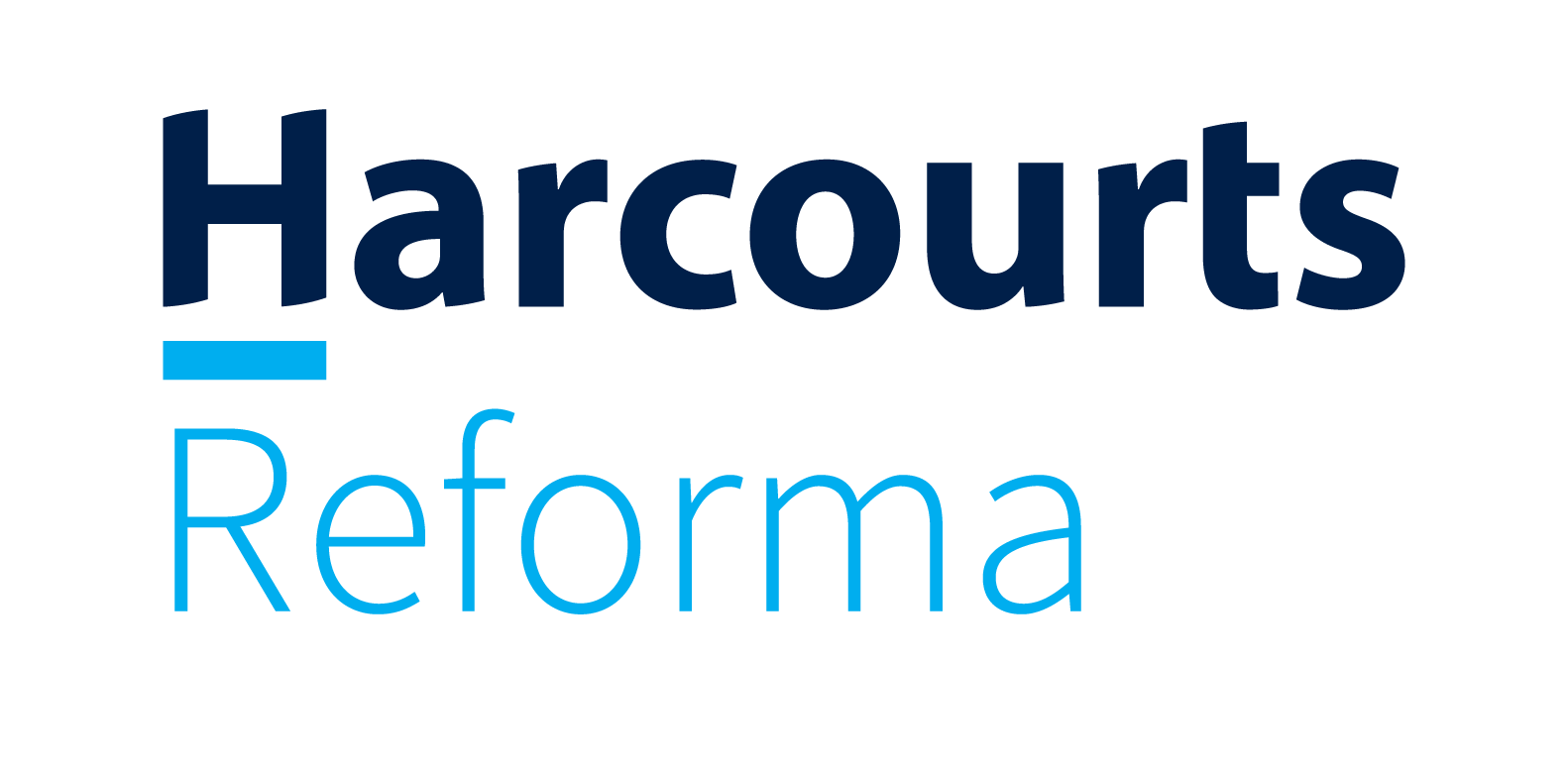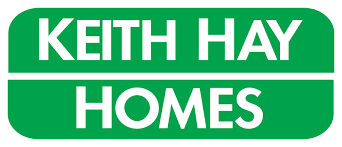The tried and trusted model for property investment in NZ has been to take a cashflow hit for at least the first few years (topping up the rental income from other sources) but then pay down some debt and also get some rental growth so that over time the property becomes ‘positively geared’ – all the while, potentially seeing some capital gains too.
As it’s turned out, this has worked pretty well for many investors, with our Home Value Index having grown by an average of around 6% year on year since 2003. Indeed, that capital growth has helped many investors to retire with a solid amount of equity even if they’ve stuck with an interest-only loan for a decent chunk of their ownership period.
But would it now be sensible to tinker with the assumptions and actually factor in a lower rate of capital growth in the future than we’ve seen? That may well prove to be a good idea. Indeed, although property values are influenced by many different factors, such as credit rules (e.g. LVRs), local economic trends, or even happening to be on a particular street that suddenly becomes very desirable for some reason, research from NZ’s Housing Technical Working Group suggests that the big drivers are interest rates, the tax system, and land supply.
In other words, historically, property values have been driven up by the long downward trend in mortgage rates (as central banks have progressively got inflation under better control), the comparative lack of new land coming forward for housing, and a tax system that has tended to be relatively favourable for residential property, e.g. the previous ability to use a property loss to reduce the tax on non-property income.
But from here, those factors may be less supportive of house prices. After all, a fall in interest rates from 20% to 5% (a stylised version of what has happened since the 1980s) is proportionately much larger (-75%) than, say a drop now from 5% to 3% (-40%). Meanwhile, although nobody has a crystal ball about how the tax system might look in future, it just feels like we might ultimately see it skew a little more against property – possibly capital gains tax, perhaps something else (e.g. land tax), but either way, less favourable for long term value growth than in the past.
And then in regards to land supply, there’s also no guarantee that it’ll be relatively more significant in the future, as that will depend on a range of factors, including the fundamental economics/commercial realities of development and the political will. Even so, this current government is pushing very hard on the supply levers. If that persists into the future (even if/when the Beehive changes hands again), then this would also argue for more conservative house price growth assumptions.
To be clear, none of this says that capital gains are finished. Instead, I’m just suggesting that house prices may not grow as quickly over the next 20 years or so as they have done in the past 20. But if investors can still get the sums to work on an assumption of 4% capital growth per year rather than 6%, then that’s great. And extra gains would, of course, be a bonus.
It’s also worth remembering that these are only averages. Nobody buys the average property; they buy an individual dwelling with individual characteristics and different financing arrangements – and possibly at a discounted/bargain price in the current market, which might mean outperformance over the next few years.
As always, it’s worth a decent amount of research and probably a range of assumptions about potential capital gains, interest rates, rental growth, etc.

Kelvin Davidson
Kelvin Davidson is the Chief Economist of CoreLogic New Zealand.















Add Comment